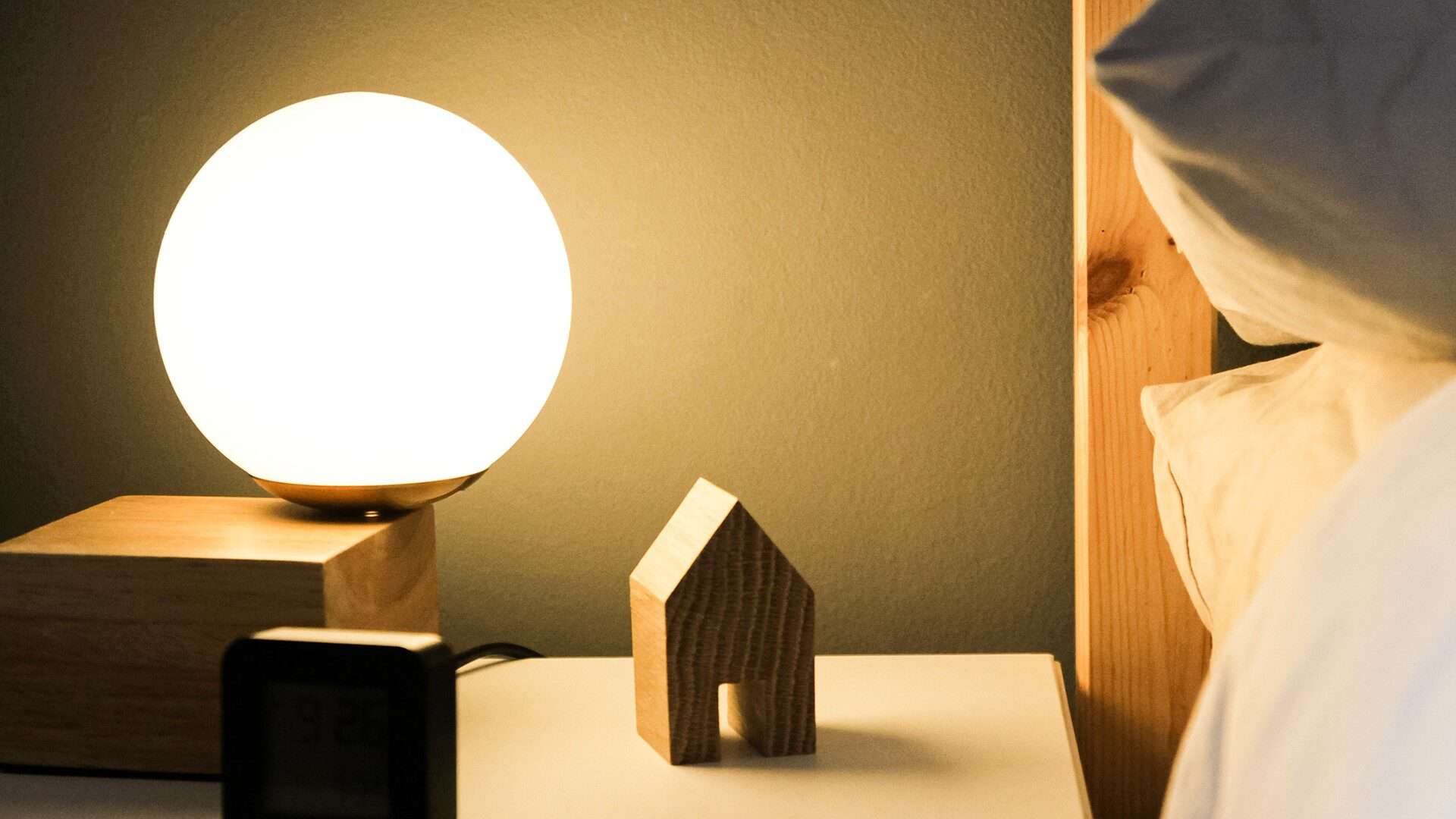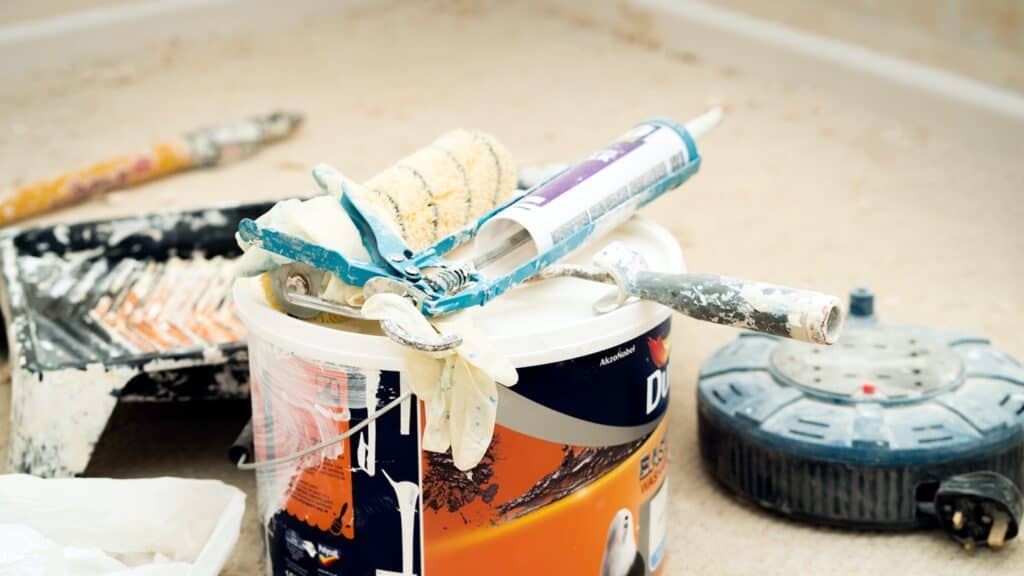When it comes to choosing the right type of lightbulb for your home, you have a lot of different options to choose from. There are a variety of different types of color temperature lighting that all serve different purposes. In this article, we will discuss the four most common types of color temperature lighting: soft/warm white, cool white, daylight and their definitions, differences, how they are used in a home space, and the importance of color temperature. By the end of this article, you will be able to choose which type of lightbulb is best for your needs!
Table of Contents
What is color temperature?
In order to understand the different types of color temperature lighting, it is important to first understand what color temperature is. Color temperature is a way to measure the hue of a lightbulb. It is measured in Kelvin (K) and it ranges from 2700K all the way up to 6000K.
The lower the Kelvin rating, the warmer the lightbulb will be. For example, a 2700K lightbulb will emit a soft white light, whereas a 6000K lightbulb will emit a bright white/daylight.
It is important to note that color temperature is different than brightness. Brightness is measured in lumens (lm) and it measures the amount of light that is emitted from a lightbulb.
Now that we know what color temperature is, let’s discuss the different types of color temperature lighting.
Types of Color Temperature Lighting
There are four main types of color temperature lighting: soft/warm white, cool white, daylight, and bright white.
- Soft/Warm White: A soft or warm white lightbulb has a color temperature of 2700K-3000K. These types of lightbulbs are best for bedrooms, living rooms, and other areas where you want to create a cozy and inviting atmosphere.
- Cool White: A cool white lightbulb has a color temperature of 3000K-5000K. These types of lightbulbs are best for kitchens, bathrooms, and other areas where you want a brighter light.
- Daylight: A daylight lightbulb has a color temperature of 5000K-6000K. These types of lightbulbs are best for task lighting, like in a home office or workspace.
- Bright White: A bright white lightbulb has a color temperature of 6000K+. These types of lightbulbs are similar to daylight bulbs, but they are not as harsh. They are best for areas where you want a bright light but don’t want it to be too harsh.
Now that you know the different types of color temperature lighting, let’s discuss how to choose the right one for your needs.
How to Choose the Right Type of Lighting
When choosing the right type of lighting for your home, there are a few things you need to take into consideration. First, think about what type of atmosphere you want to create in each room. For example, if you want a cozy and inviting atmosphere in your living room, you would want to choose a soft or warm white lightbulb.
Second, think about the purpose of the room. For example, if you are looking for task lighting in your home office, you would want to choose a daylight lightbulb.
Third, think about the color of the walls and the other décor in the room. For example, if you have a lot of cool colors in your kitchen, you would want to choose a cool white lightbulb.
Finally, think about the wattage (W) of the lightbulb. The higher the wattage, the brighter the light will be. So, if you want a bright light in your kitchen, you would want to choose a lightbulb with a high wattage.
Now that you know how to choose the right type of lighting for your home, let’s discuss the importance of color temperature.
The Importance of Color Temperature
Color temperature is important because it can have an effect on your mood and energy level. For example, if you are trying to relax in your bedroom, you would want to choose a soft or warm white lightbulb because it will emit soft and calming light.
On the other hand, if you are trying to get work done in your home office, you would want to choose a daylight lightbulb because it will emit a bright and energizing light.
The best places you can have soft/warm white lighting are:
- Your bedroom
- Living room
- Any place in your house where you want to create a cozy and inviting atmosphere.
The best places you can have cool white lighting are:
- The kitchen
- The bathroom
- Any place in your house where you want a brighter light.
The best places you can have daylight lighting are:
- Home office
- Workspace
- Any place in your house where you need task lighting.
The best places you can have bright white lighting are:
- Any place in your house where you want a bright light but don’t want it to be too harsh.
Summary
In this article, we discussed the four main types of color temperature lighting: soft/warm white, cool white, daylight, and bright white. We also discussed how to choose the right type of lighting for your needs and the importance of color temperature. Soft/warm white lightbulbs are best for bedrooms, living rooms, and other areas where you want to create a cozy and inviting atmosphere. Cool white lightbulbs are best for kitchens, bathrooms, and other areas where you want a brighter light. Daylight lightbulbs are best for home offices, workspaces, and other areas where you need task lighting.
Color temperature is important because it can have an effect on your mood and energy level. Soft/warm white lightbulbs emit soft and calming light, making them ideal for bedrooms and other places where you want to relax. Cool white lightbulbs emit a bright and energizing light, making them ideal for kitchens and other places where you need a brighter light. Daylight lightbulbs emit a bright and energizing light, making them ideal for home offices and other places where you need task lighting. Bright white lightbulbs are similar to daylight bulbs but not as harsh, making them best for any place in your house where you want a bright light without the harshness.
Now that you know more about the different types of color temperature lighting and how to choose the right type of lighting for your needs, you can create a well-lit space that is perfect for any activity.





